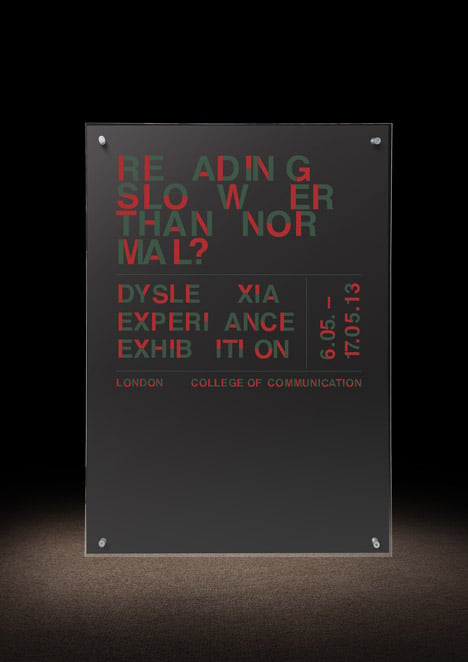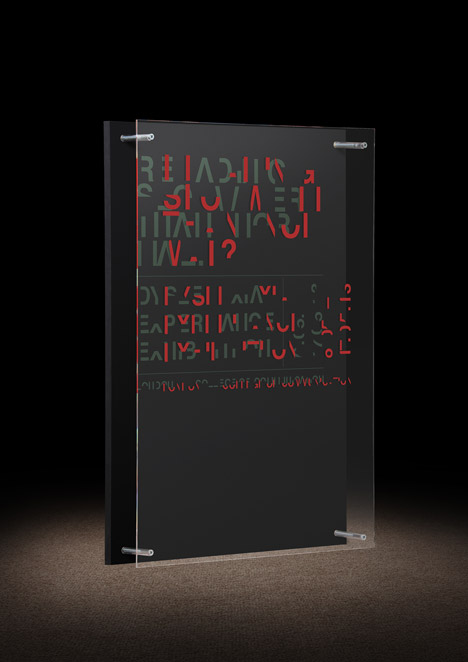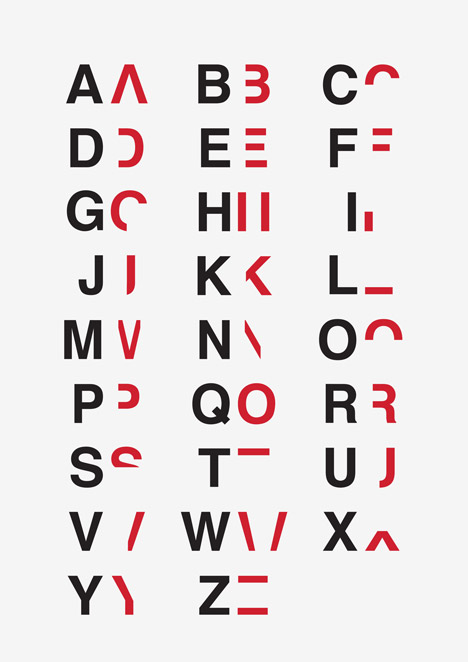https://skift.com/2016/07/13/the-25-best-tourism-websites-in-the-world-in-2016/#1
I have decided to do a website based around Travel blogs, because I've been fascinated about the many places I've heard about that make good locations. Also, the way these websites are presented are usually bright, sunny and colourful, like they want you to have fun and draw you into choosing your holidays.
And now, here's some research I did on this project.
This website is all about one of Colorado's towns, Telluride, which is a city based around skiing, snowboarding, and other alpine-related activities. It tells you as such because it thrusts pictures of people skiing and snowboarding, but it also balances things out by including art classes in there as well.
When you open the website, you get a nice animated video that shows you what people do in Colorado, like skiing and hanging out drinking, and there are some nice atmospheric shots in here too.
Other than that, the font looks normal, and the background is black, but that rarely matters as the website shows you the numerous things you can do in Telluride, like going to festivals, art galleries, shopping and even activities for kids.
This website is about Finland and what wonders it entails, like the Aurora Borealis and Helsinki. Like Telluride, it's very alpine based, except it's more laid back. As soon as you enter the homepage, it greets you with "17 reasons to visit Finland in 2017", and if you scroll down, there are lots of articles about the different parts of Finland, like snow dogs and dipping in icy water.
The font is shown in a very classy manner, with some different styles shown here and there. You can also find out that Lapland (Santa Claus' supposed hometown) is situated in Finland and that fact that Moomin originated in Finland. when you scroll down a page, a new image shows up behind the text, which is a very good design idea.
According to skift.com, this was "the most expensive website to build", and it shows with lots of links in the forms of images and videos. It's very colourful, and that's what most people think of when you think of Dubai. There is also this sidebar that'll take you to any page should you so desire,
No matter what page you're on, it makes sure to throw lots of images in your face and completely win you over into joining the country it's advertising.
Not only that, the images also create the feeling of Dubai rather well. It really makes you feel like you're they're thanks to the authenticity.
The Tourism Australia website is a bit more modest than the Dubai one, mainly because it sticks with one colour scheme: blue. There are different kinds of shades of blue dotted around the homepage to make the website very unique.
It keeps the colour scheme all throughout the website, while going into detail about the different states of Australia, while also doing an excellent job at showing images that pull you into the locations.
Not only that, but it also gives detailed descriptions about the lesser known locales of Australia such as the Pink Lake. This website is perfect for people who want to find out more about Australia and plan to visit it someday.
Like Tourism Australia, San Francisco Travel also keeps to one colour scheme: orange. It fits the website well because the Golden Gate Bridge, which is based in that city,is actually orange, and thus is the colour of this website as well.
Like most of the other websites I've researched, it also has a list of reasons the viewer should be visiting this city, as well as making them intrigued tanks to the kooky art style of the man with the afro greeting them as they visit the home page.














